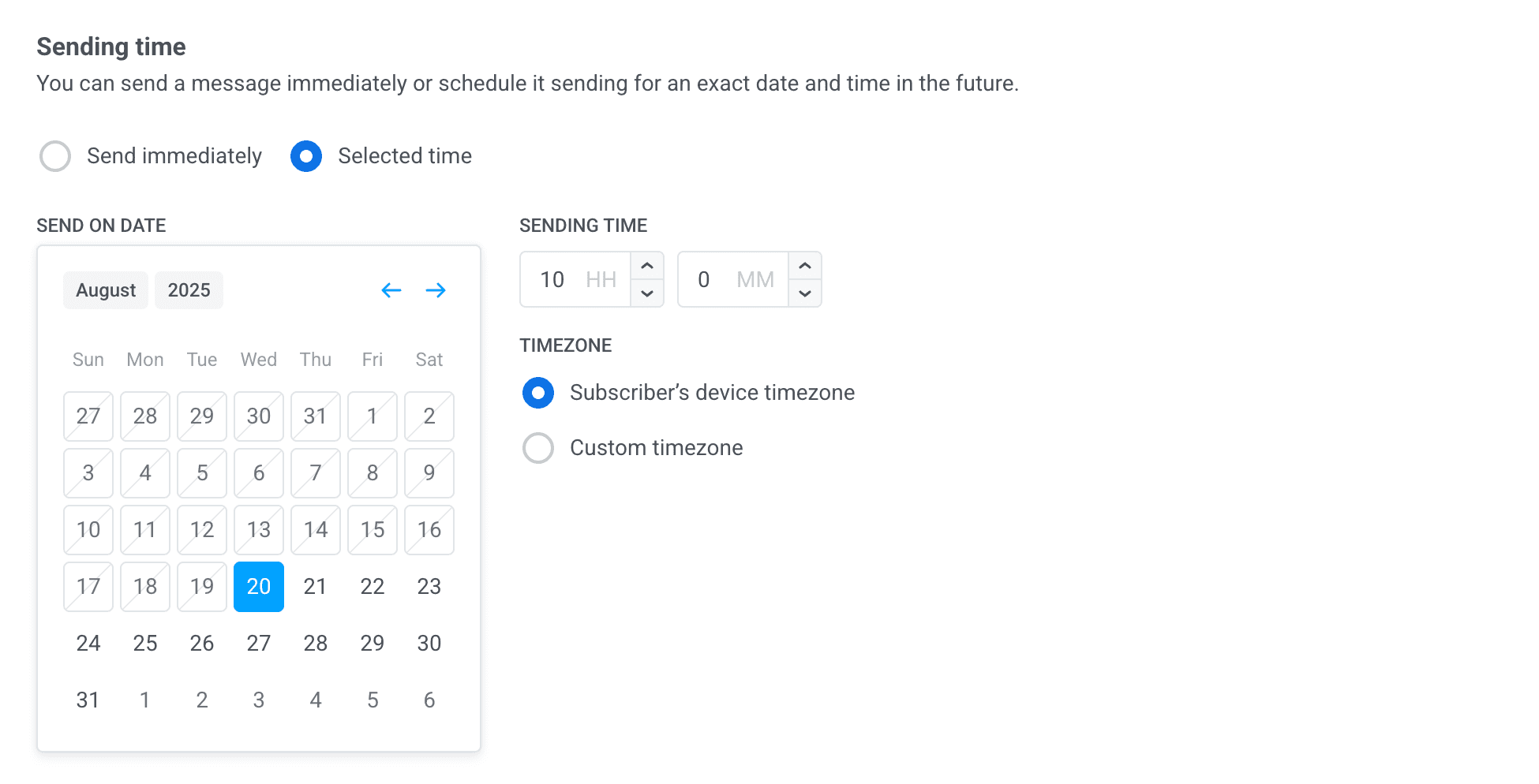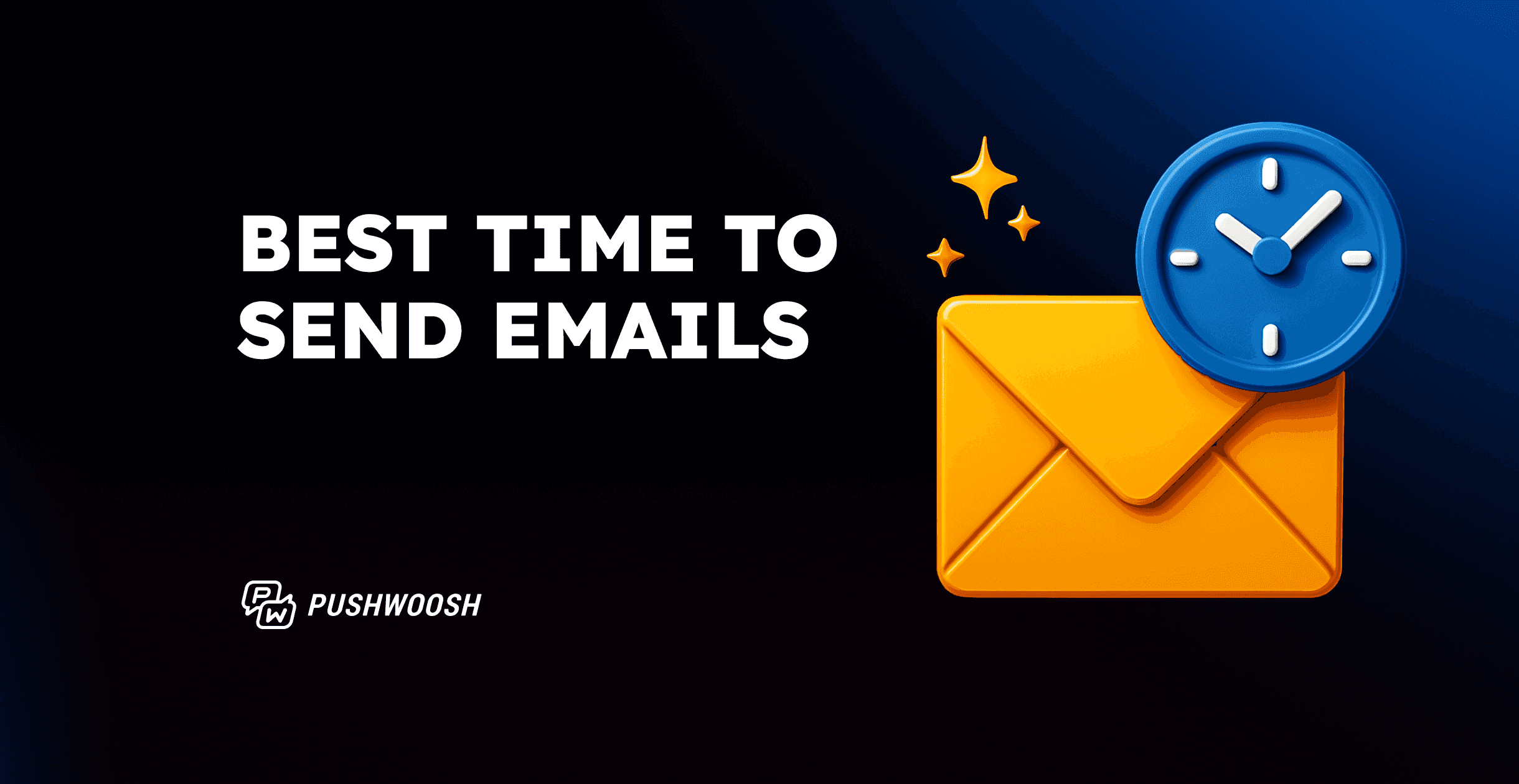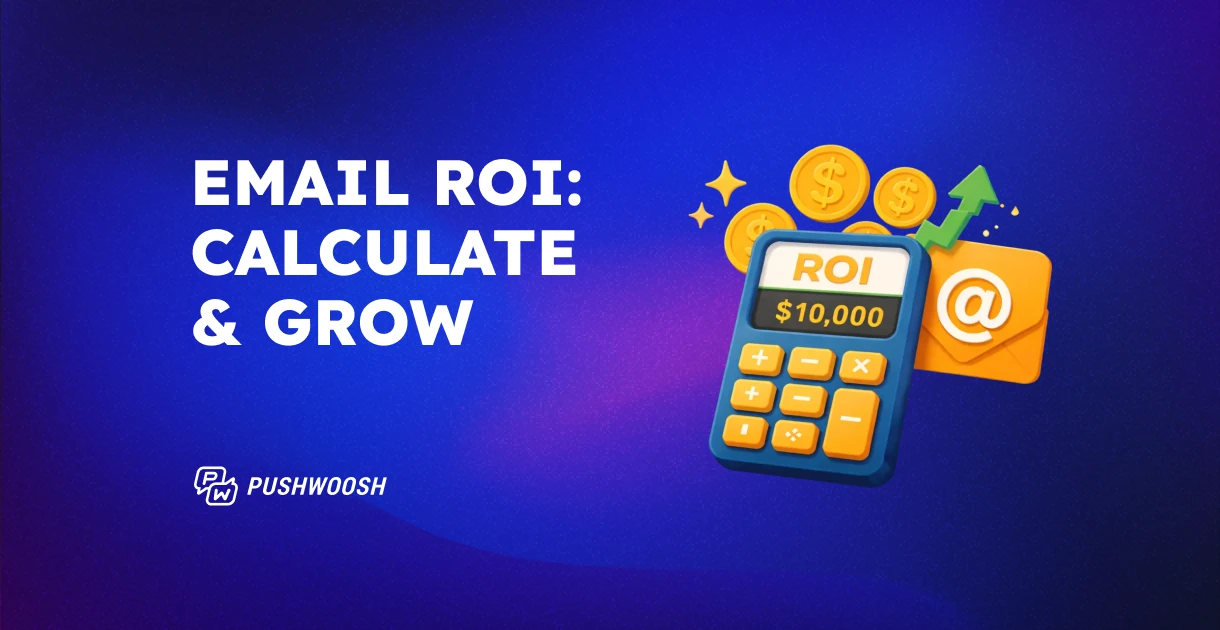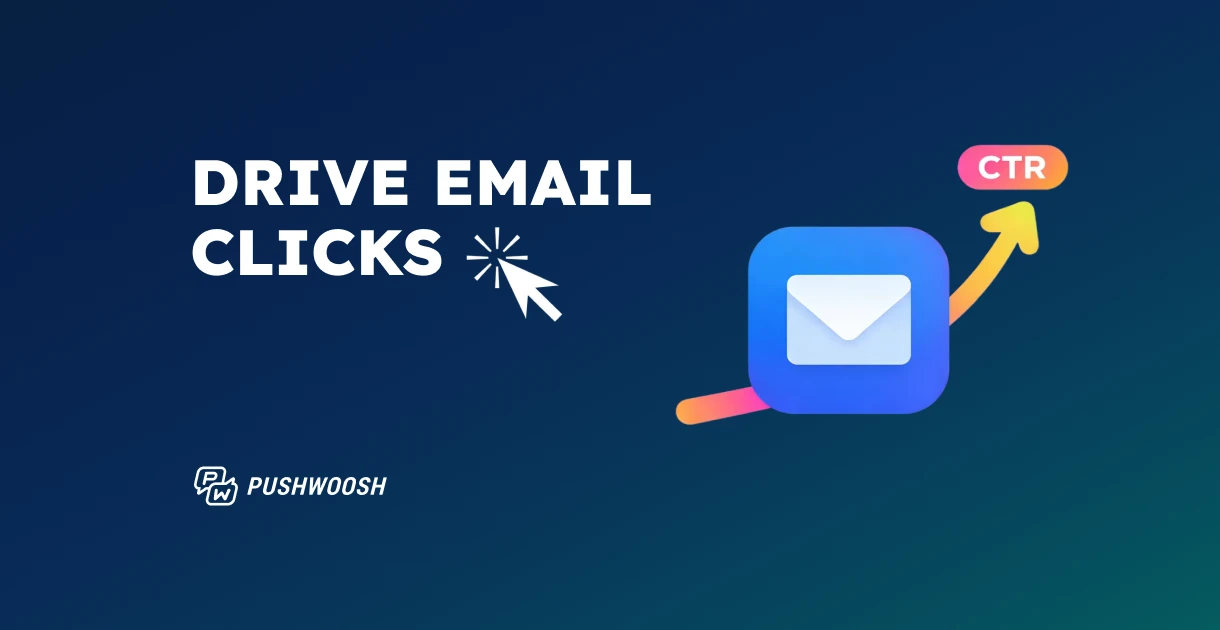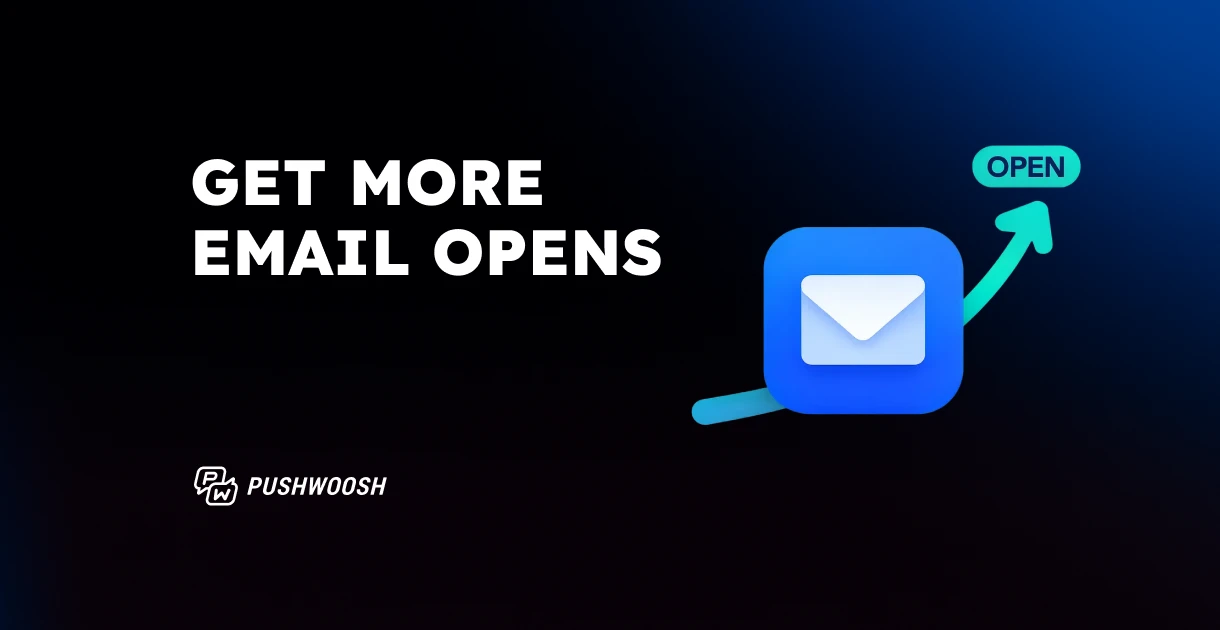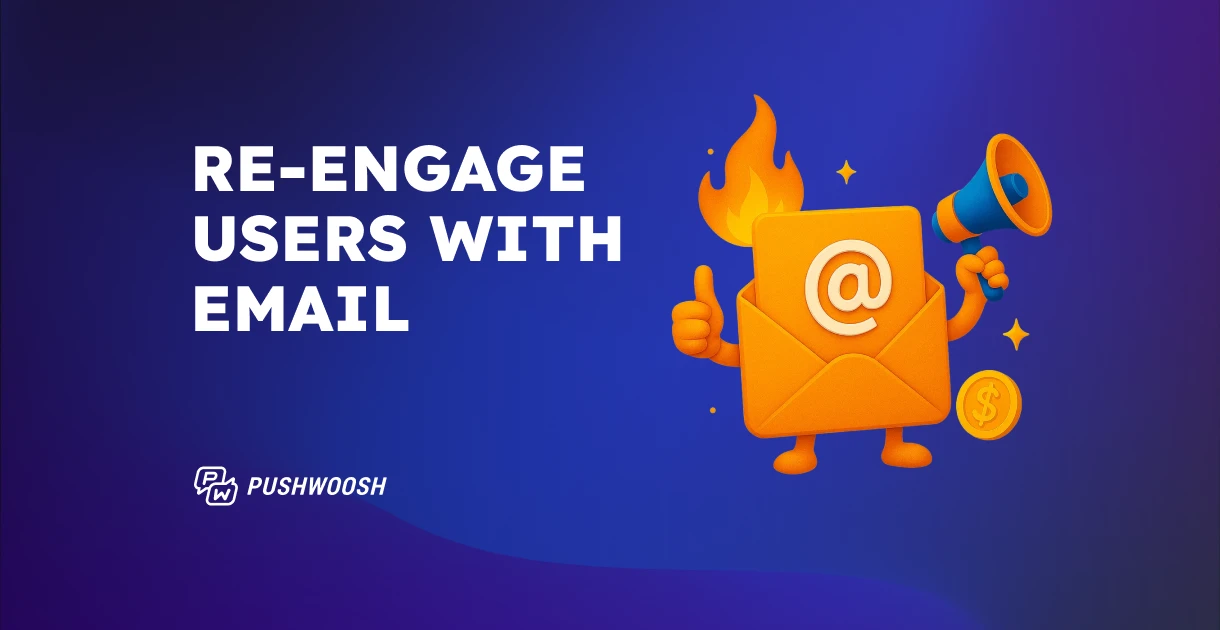Best time to send marketing emails (2025 trends & personalization tips)
Timing is one of the most crucial (and debated) factors in email marketing. Studies often point to mid-week, late-morning as the “best time to send,” which works for many business emails. But what if you’re an email marketer for a mobile app sending e-commerce promos, gaming updates, or hobby-related newsletters?
Your target audience may not be checking during business hours. They might browse emails before bed, during leisure time, or over Saturday morning coffee. Predicting the exact right moment becomes far more complex as audience behaviors evolve.
In this guide, we’ll explore the latest engagement trends and show how to personalize delivery to improve click-through rates and conversions.
Plus, you’ll learn how to automate the process with Pushwoosh’s Best time to send feature, so every message reaches your subscriber at their optimal send times.
Why timing matters to send email blasts
Timing has a direct impact on email performance, from opens to conversion rates. A well-timed email arrives in the recipient’s inbox when they’re active and receptive, dramatically increasing the chance they’ll open, click, and convert.
Unlike a push notification, which demands an immediate reaction, an email has a longer lifespan. However, this also means it can easily get lost in a crowded Promotions tab, only to be seen hours or days later when your offer has expired or lost its relevance.
Capturing attention with well-timed delivery is the key to preventing email fatigue and standing out.
Best day to send marketing emails
If we explore general engagement patterns, we can see that the “best time” is not as simple as it once was. While some classic benchmarks still highlight the traditional mid-week 9 AM–12 PM ‘sweet spot’ for open rates, new trends show that inbox habits vary by device and industry, and no longer follow a strict 9-to-5 schedule.
Here are a few clear engagement patterns that emerge:
- Monday and Sunday lead with the highest open rates.
- Tuesday, Wednesday, and Saturday follow closely, each showing strong engagement.
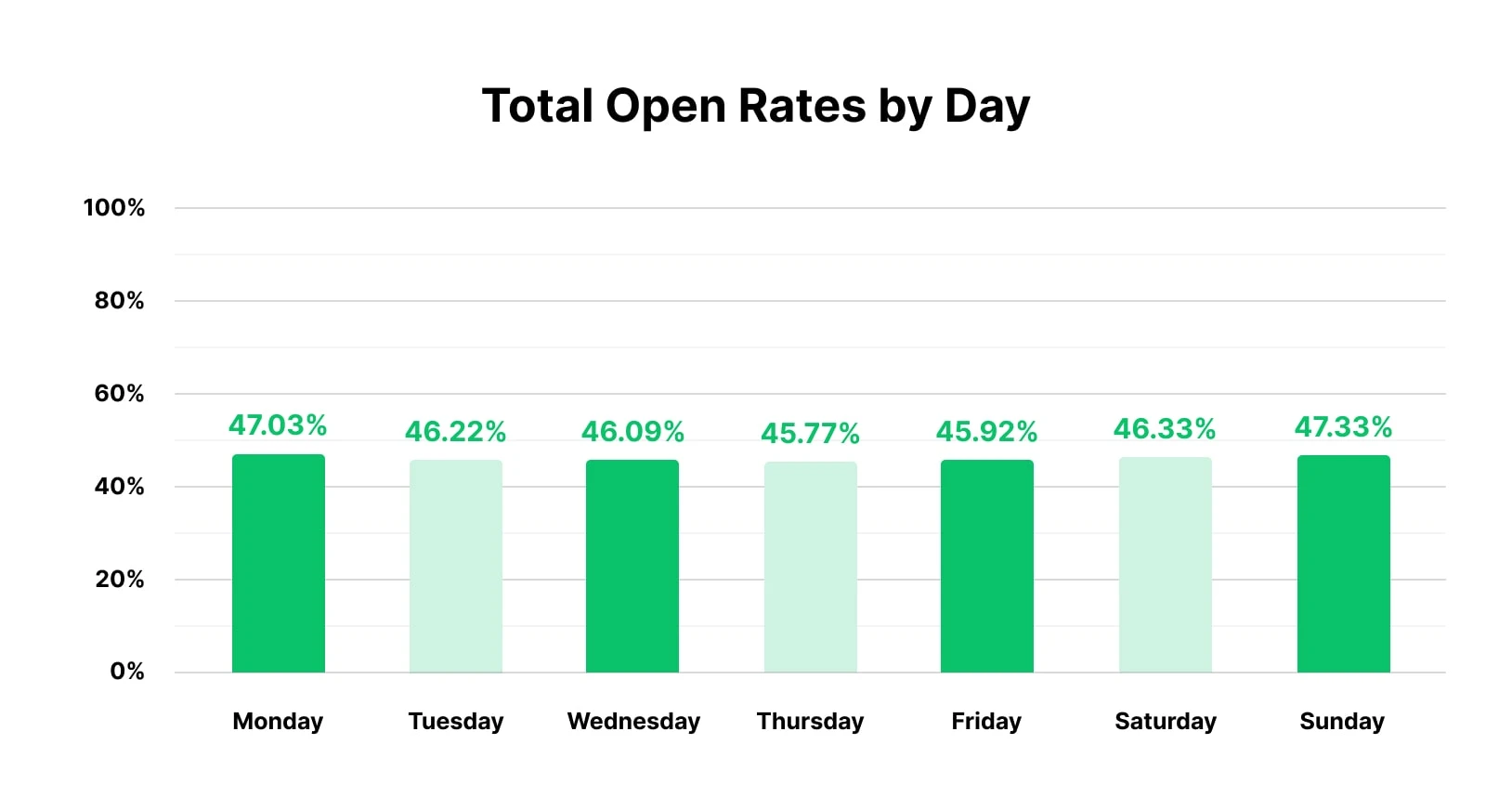
On weekdays, evening emails perform best, while on weekends, early mornings stand out.
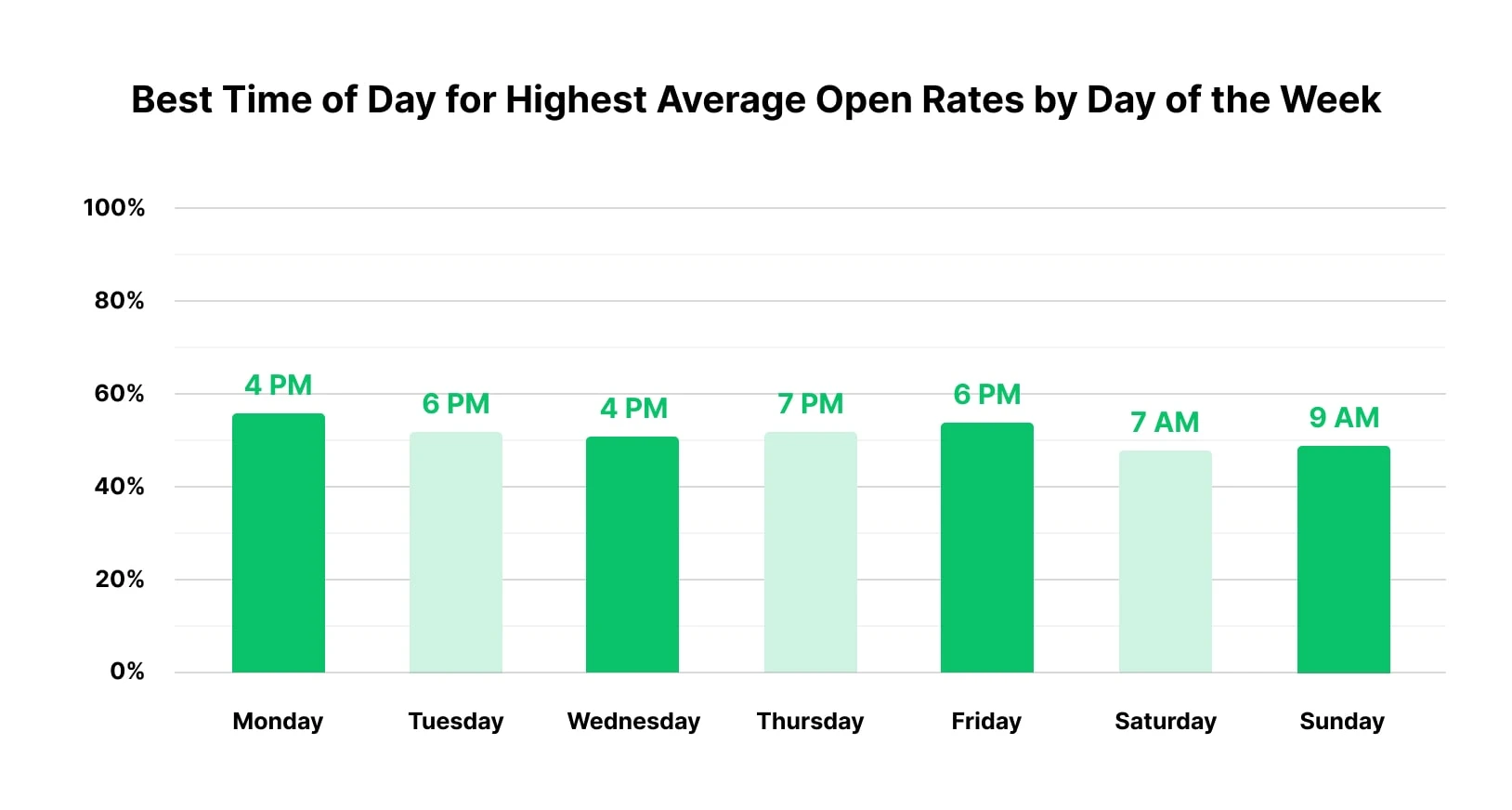
This is in clear contrast to B2B benchmarks — a reminder that the optimal send time for your audience, particularly mobile-first users, can differ dramatically from the averages often quoted.
Don’t miss the weekend opportunity:
E-commerce, hobby, and entertainment brands especially benefit from weekend sends. Saturday and Sunday mornings (7–9 AM), when inbox competition is low, often deliver higher engagement.
⚠️ Disclaimer: While these benchmarks show general trends in audience behavior and can be used as an excellent starting point, averages might not capture the unique behaviors of your own subscribers. Relying on them could mean missing your real engagement windows.
Ways to personalize delivery for YOUR audience
Industry benchmarks are only the starting point. To truly connect with your subscribers, you need to tailor email delivery to their real behaviors and contexts. Here are four practical methods for personalization in send time.
A/B/n testing
The most direct way to learn what timing works for your audience is to test it.
With A/B/n testing, you can send email campaigns at different times to see what performs best. Test different days of the week (e.g., Tuesday vs. Sunday) or various time slots (try late morning, early afternoon, or late afternoon) to gather data-driven insights into your specific subscribers’ habits.

Behavior-triggered sends
Instead of guessing, send emails in response to user actions, such as opening a previous email, clicking a link, or browsing a product. These “triggered emails” are timely and relevant, and help to reduce email fatigue.
Considering time zones
If you work with a global audience, timing can vary dramatically by geographic location. What feels like perfect timing for one subscriber might land at 3 AM for another.
This flexibility ensures your emails reach users at an appropriate time, no matter where they are.
Using Pushwoosh’s Best time to send feature
For the ultimate level of personalization, you can automate the entire process. This approach benefits email marketers who want to make send times individual for each user without manual analysis. This automation feature reduces time costs and the load on the marketing function.
Let’s see how it works in detail.
Automate it & stop guessing: Best time estimated by Pushwoosh
With Pushwoosh’s Best time to send email feature, you can schedule campaigns when subscribers are most likely to interact, maximizing opens and clicks with minimal effort.
How does it work?
The best time is calculated automatically based on previous user behavior, such as the times they typically open and interact with emails.
Predictions are refreshed continuously, ensuring higher accuracy and personalization.
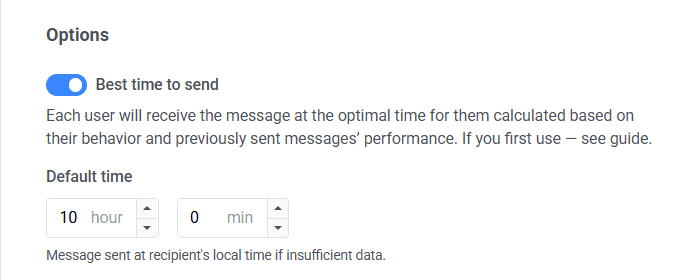
If there isn’t enough historical data for a user, they’ll receive an email at the default time you set, according to their timezone.
With the help of the Best time to send feature, every subscriber receives your message at a time that fits their habits — whether that’s early morning, during a work break, or late at night.
💡 Pro tip for apps: The feature is available directly in Pushwoosh Customer Journey Builder, where you can combine emails with push notifications and other channels, ensuring maximum reach and seamless, omnichannel communication.
Which email campaigns benefit most from send-time personalization?
While time-sensitive transactional emails like password resets or order confirmations should be sent immediately, most marketing and engagement campaigns can be significantly enhanced by personalized timing. The goal is to align your message with each subscriber’s digital routine.
Here are some of the marketing email types that see the greatest lift from using a personalized delivery:
- Welcome and onboarding
First impressions matter. Sending a welcome email when a new subscriber is most likely to open it ensures your brand starts the relationship on the right foot.

- Promotional emails (including seasonal offers)
This is the most powerful use case. Promotional campaigns thrive on perfect timing. Whether it’s a flash sale or a limited-time bundle, hitting inboxes at the right moment maximizes clicks and conversions.
This is especially critical for competitive events. Finding the best time to send a Black Friday campaign or a Cyber Monday offer can make the difference between your message being opened and getting lost in a flood of promotions from other brands.
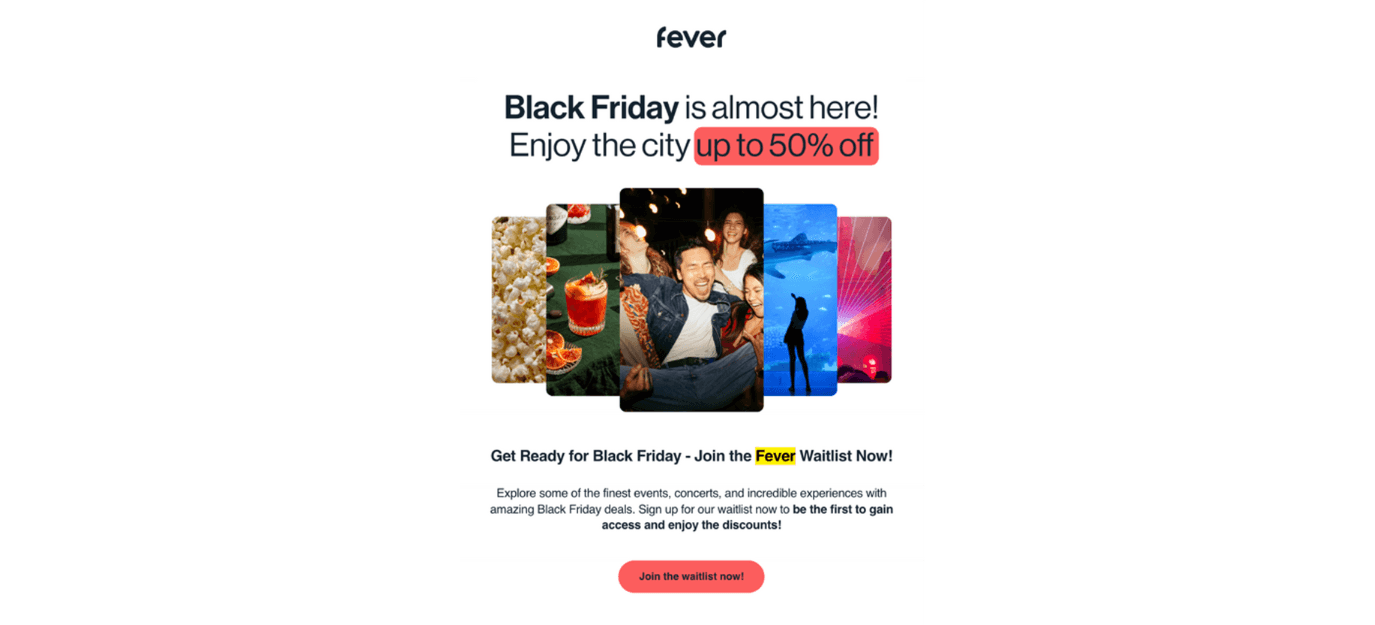
- Abandoned cart emails
Timing is crucial here. Sending a reminder at a subscriber’s proven peak engagement time (rather than a static delay) helps recover more carts before intent fades.

- Product recommendation emails
Whether you’re upselling, cross-selling, or suggesting new releases, delivering at the right moment increases the chance of interaction and conversion.
A great example comes from Airbnb: their hyper-personalized emails suggest activities tailored to the exact time and location of a guest’s trip.

- Re-engagement emails
Dormant users are likely to ignore marketing emails — unless they arrive at ‘Best times’ when these users were previously most engaged.
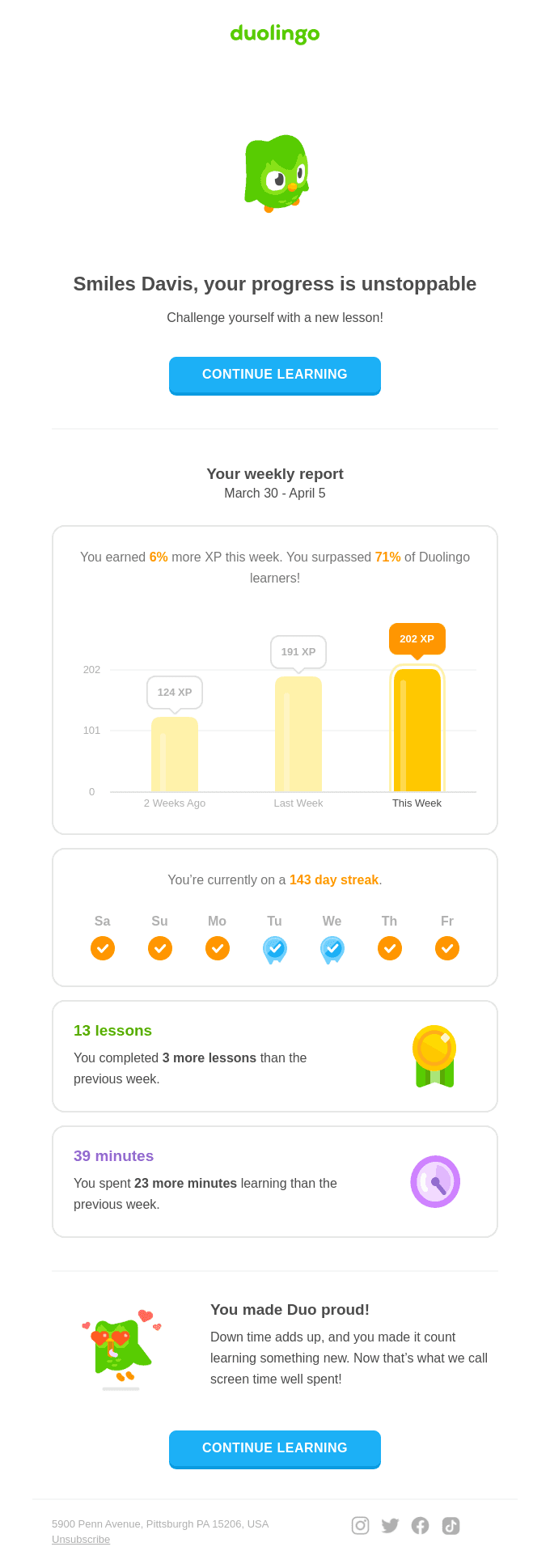
- Feedback & survey emails
Timed surveys yield higher engagement and valuable insights. Automating delivery ensures your surveys land when users are most willing to share their opinion.
For instance, Netflix engages viewers with personalized emails asking for feedback on the series they’re currently watching.
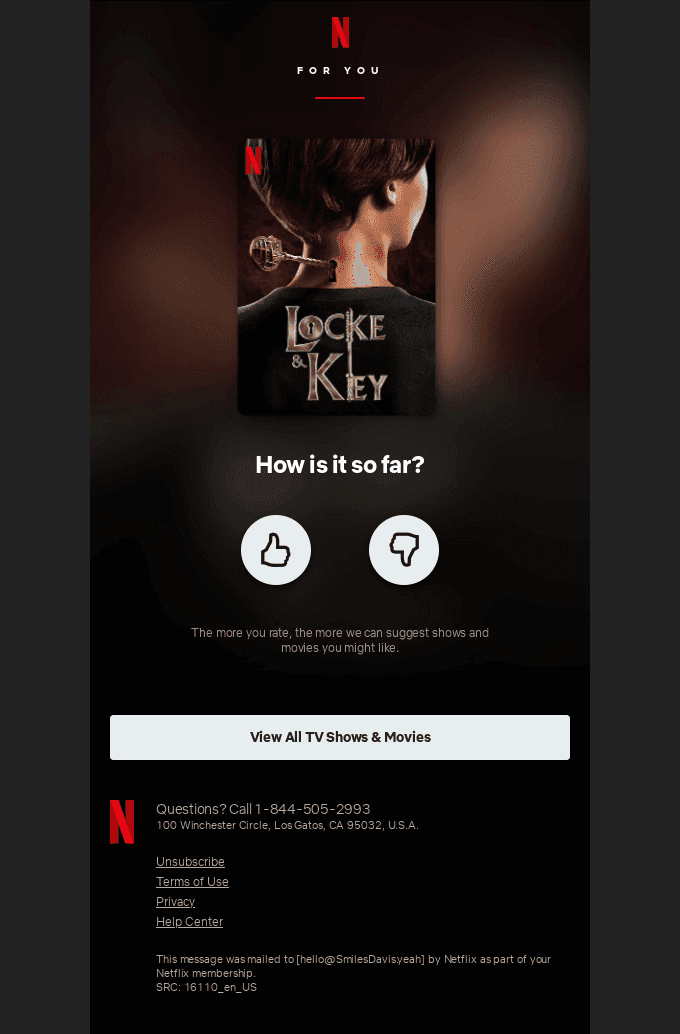
Drive email performance with Pushwoosh
Timing is too important to leave to guesswork. While general guidelines offer a baseline, true results come from email send time tools that adapt to each subscriber’s habits.
With Pushwoosh’s Best time to send feature, you can automate email marketing timing and deliver campaigns exactly at the moment each subscriber is most likely to open and engage.
Ready to maximize your email campaign results?

